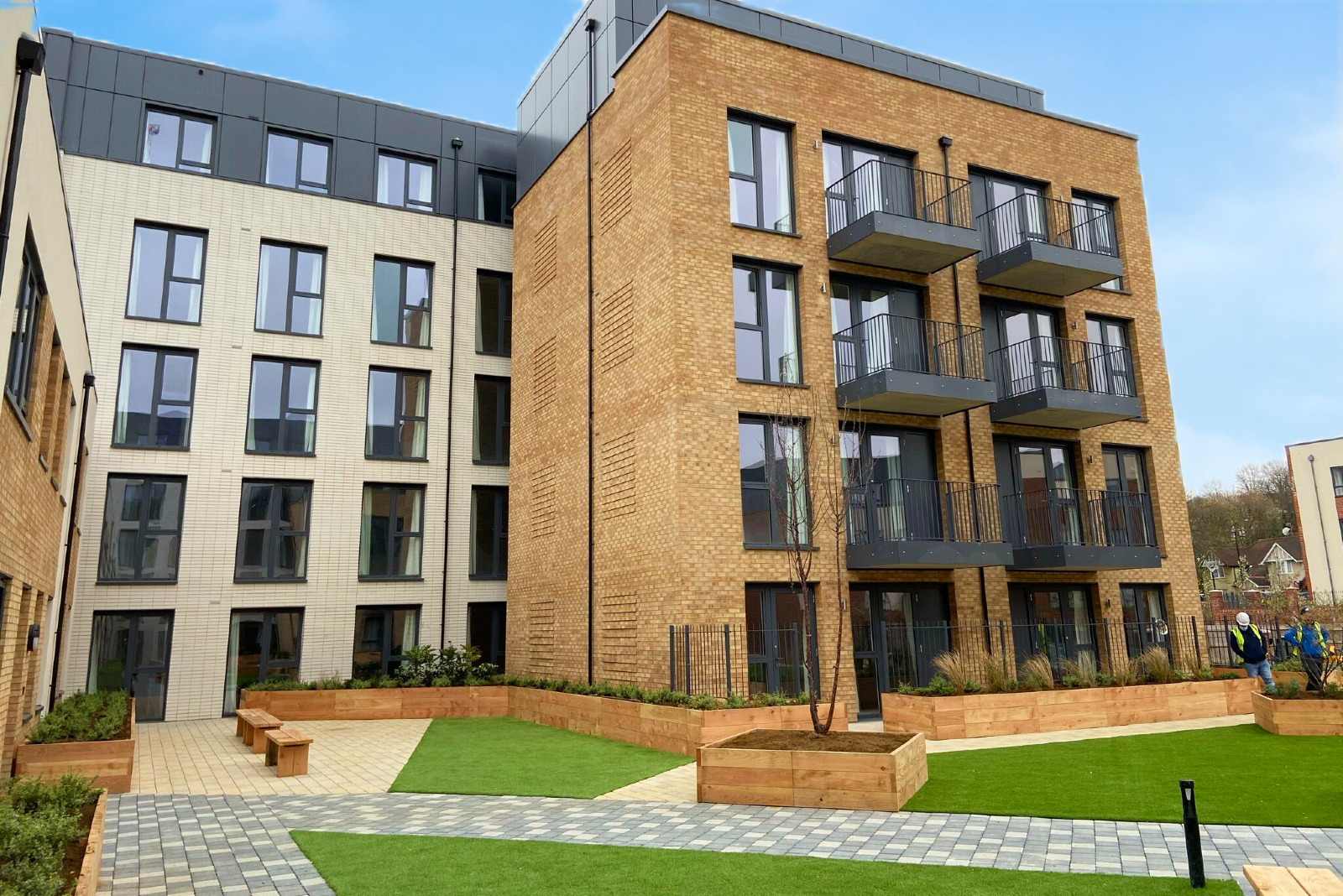
(Careers in construction, part 2)
In its ‘State of the Trade’ survey, published last October, the Federation of Master Builders found that 60% of small-to-medium sized construction companies had pressed the pause button on jobs due to a lack of skilled tradespeople. 12% had cancelled work due to a lack of skilled tradespeople and 45% were particularly struggling to hire bricklayers.
A key problem is that the industry has an ageing workforce and young Brits are shying away from entering traditional trades. Some suggest that young people ‘leave’ our industry as young as 12 years old! Sounds weird but think about it. Pre-schoolers and primary schoolkids love the idea of building things (influenced perhaps by ‘Bob the Builder’ and games like Minecraft). But, something changes as they reach their teenage years and suddenly construction is seen as ‘dirty work’ or something for ‘those who don’t go to college’.
So, in today’s blog, we’re going to try to dispel some of those negative ideas and showcase what it really means to be a bricklayer.
What does a bricklayer do?
Bricklayers build houses… and flats… and offices… and schools… and theatres… and supermarkets… and, well you get the picture. Basically, a bricklayer will work on the construction of all kinds of domestic and commercial structures and this can involve new buildings or carrying out repairs or extensions to existing buildings. After mastering the trade, some bricklayers become specialists in areas such as decorative masonry or stonemasonry.
The daily tasks of a bricklayer include:
- Laying bricks, stone, and concrete blocks in mortar.
- Repairing building blocks.
- Measuring out the build areas.
- Mixing mortar, either by hand or with a mechanical mixer.
- Applying or removing mortar.
- Shaping bricks with hand tools or powered equipment.
- Using a spirit level, laser level, or plumb line to ensure rows are straight.
Seven qualities you’ll need to be a ‘good fit’
1. Practical approach – Being a bricklayer is one of the most ‘hands-on’ jobs you can have – you’re continuously on the move, working with your hands to create a structure that springs up right in front of your eyes. If you like the sound of this highly practical approach then bricklaying could well be a dream job!
2. Physical fitness – If you enjoy keeping fit and don’t mind working up a sweat, then bricklaying could definitely be a good choice. You’ll need to be physically fit to do the job well (including strength, coordination and balance) but perhaps the best thing is that this works both ways. Do the job well and you’ll get even fitter!
3. Hand-eye coordination – Good hand-eye coordination is a key skill in bricklaying. The better it is, the faster and more precise your craft will be. So, how do you know if you’ve got what it takes? Well, this is actually a skill you probably already use in many other situations. Do you play any sports? Do you play a musical instrument? Are you good at computer games? Can you drive? Do you cook? These are all activities which require good levels of hand-eye coordination.
4. Mental aptitude – Contrary to popular opinion, bricklaying involves a lot more than layering up the bricks and mortar. Brain power is needed in order to pay attention to detail and fulfil the organisation and time management duties that bricklaying requires. You’ll also need to be capable of acquiring new knowledge and skills like learning how to read off plans, take measurements and fulfil health and safety regulations. Basic maths and computer skills can be useful.
5. Enjoy being outdoors (and at heights) – Bricklayers spend a lot of time outdoors, so if the open-air life appeals then bricklaying could be a good fit. Be aware also that, throughout your career, you will most likely also have to work at different levels above the ground so having a head for heights is important too.
6. A team player (who also can work alone) – Productivity in most building projects relies on having a flexible workforce with people that can work independently but also demonstrate great teamwork with colleagues. If that’s you, then the industry would welcome you on board!
7. Attitude – Construction sites need people who are reliable, who turn up on time and don’t down tools at the sight of a cloud! Additionally, the industry looks for people who show a real interest in the job, are passionate about their craft, are willing to learn and adapt, demonstrate patience and show ambition.
The benefits
If anyone is looking to get into the construction industry, now could be the perfect time. With the UK’s housing shortage continuing, house building is a priority area and that means bricklayers are in high demand.
High demand means that bricklayers in the UK can earn an excellent wage (with many earning above £40,000pa). While some smaller companies may still run a ‘hire and fire’ operation according to how much work there is on the books, larger companies are often looking for full-time recruits, making this job particularly appealing for anyone looking for a guarantee of work each week.
Bricklaying makes a great career for anyone who likes to work outside as well as those who are seeking job satisfaction. Being able to watch a building evolve in front of your eyes makes this a good option for those who like to see the results of their labour.
Working as a bricklayer is already a highly-skilled and varied role but it’s also one that’s changing all the time. The industry is witnessing higher levels of offsite construction (reducing hours on site) as well as a host of new technologies such as robotics, drones, virtual/ augmented reality and smart materials. The future of building looks exciting!
After completing your training and gaining some experience as a bricklayer, the industry offers loads of opportunities for progression. You might work our way up to site supervisor or site manager, train for specialist work like stonemasonry, or become self-employed and set up your own business, just as the MD of Sheriff Construction did!
How to get into it
Becoming a bricklayer usually involves combining a college course (e.g. NVQ, Diploma or T Levels) with on-the-job training or working and training as an Apprenticeship. Both of these routes are designed to help you develop the skills and dexterity you need to become a confident, skilled tradesperson. Alternately, some people start as an on-site labourer and train up from there.
Like most jobs in construction, trainee bricklayers also need to pass a health and safety assessment to qualify for a Construction Skills Certification Scheme (CSCS) card.
Every now and then, Sheriff has openings for trainee and experienced bricklayers so, if you’re interested in joining our team, get in touch.
26.07.2022
Feature image: Sheriff Construction Ltd ©








